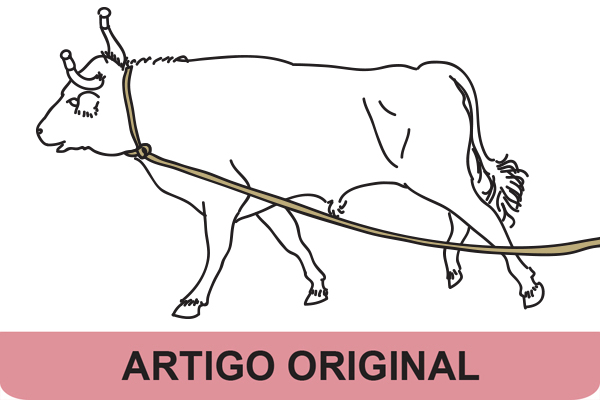SOCIAL MEDIA
Portuguese Medical Association's Scientific Journal

Introduction: The aim of the study was to describe trauma injuries associated with rope bullfights in the Azores, Portugal, regarding the cause of the incident, trauma mechanism, most affected anatomical areas, and injury severity.
Methods: Two-year cross-sectional study in the local hospital with prospective data collection. Patients who were consecutively admitted to the local hospital’s emergency department with trauma injuries from the bull’s direct impact or from falls either during the bull’s escape or when handling the rope, were included. Data on general demographics, lesion characteristics, treatments, need for hospitalization and mortality were collected.
Results: Fifty-six incidents and 80 trauma injuries were identified. The main cause of trauma was the bull’s direct impact (37; 66.07%) and the mechanism of injury was blunt trauma in all patients (100%; 56). Head and neck injuries (27; 33.75%) were the most common. The median Injury Severity Score at the emergency department admission was 4. Major trauma was noted in five patients (8.92%). Ten patients (17.85%) needed hospitalization with a median hospital stay of seven days. Three of the 10 hospitalized patients (30%) were previously admitted to the intensive care unit. Surgery was performed in six patients (10.71%).
Conclusion: The main cause of trauma was the bull’s direct impact, and the mechanism of injury was blunt trauma. The most affected anatomical areas were the head and neck. These findings are a wake-up call to the impact of these events regarding the economic costs they entail, the costs for the health of the local population, the safety measures currently implemented and the availability of the necessary means to treat these patients.